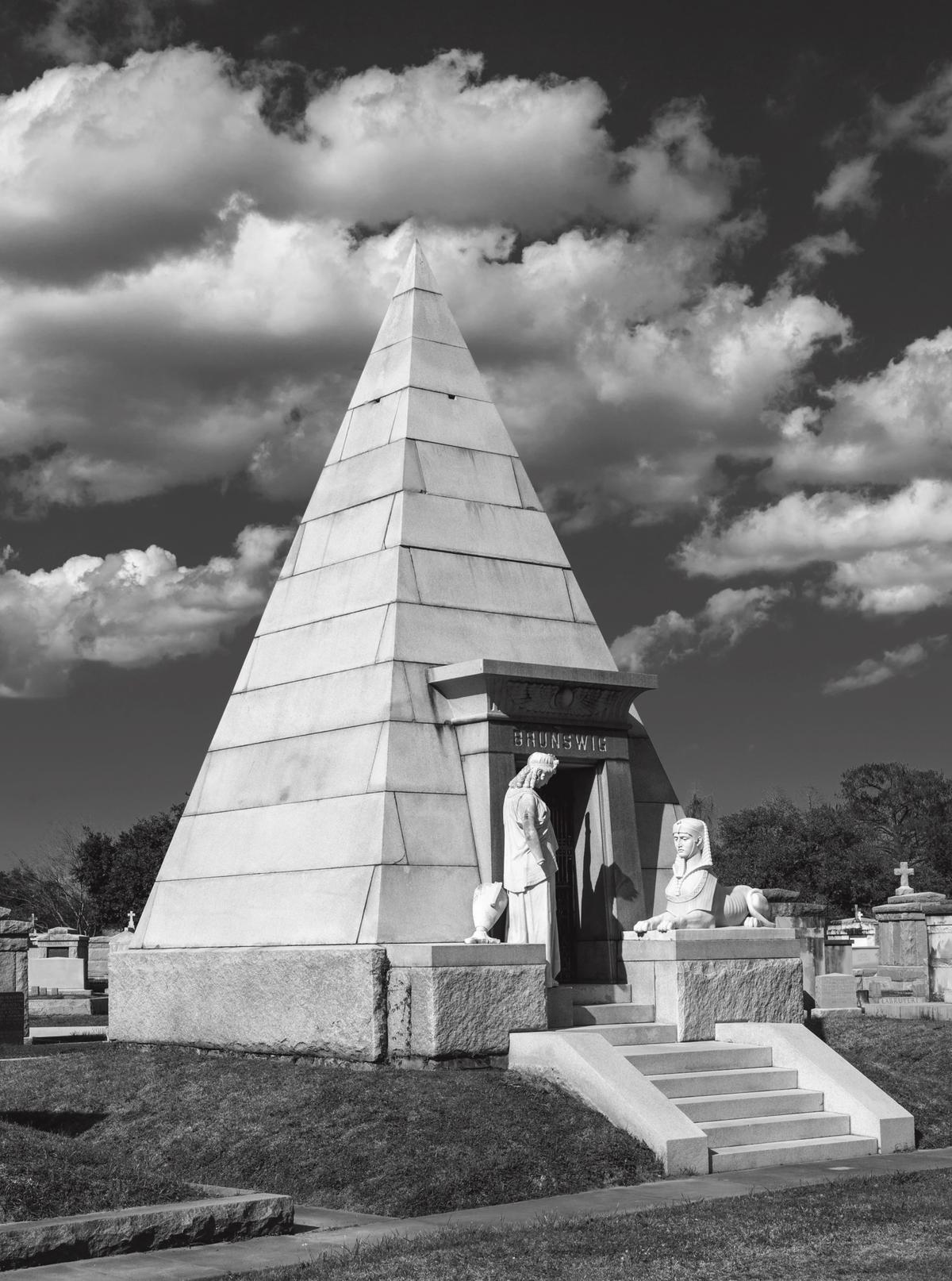As Europeans began mostly to live in cities from the 11th century onwards, town churches began to feel the pressure on their space from burial sites. By the 19th century not only were the churches full, it also became clear that to bury the dead in such close proximity to the living created problems for health and hygiene. At the same time that religion was increasingly marginalised by secularism, families of the deceased had fewer religious anxieties about the need to bury the dead in sacred spaces. As a result, the municipal cemetery came into existence all over Europe and with it an enormous variety of commemorative works in stone and metalwork.
In Italy, long the heir to the history and practice of stone sculpture, there grew up the magnificent monumental cemeteries of Turin, Milan, Bologna and Genoa. Elsewhere the stone work may not have been so spectacular, but the urge to erect monuments more lasting than bronze for the newly powerful bourgeoisie was satisfied in other modes. New Orleans was no exception to these phenomena, and its own conditions—a high water table and frequent cholera epidemics—made the demand for cemeteries pressing. After the 1840s with railway connections and better seafaring developments, a supply of imported stone enlarged the repertory of cemetery monuments. A number of urban cemeteries were gradually established starting with the first, the St Louis Cemetery (1789). As most of the deceased were Catholic, the styles of their monuments followed closely those of Catholic Europe. The end of the Civil War ushered in period of opulence that only disappeared in the early 20th century with a resultant boom in funereal memorialisations.
This book of black and white photographs not only records the appearance of some of the more extraordinary tombs, but also includes 21 short biographies of some of the dead. Although the sculpture is not as finished or expressive as that in Italian cemeteries, some of the architectural constructions are as fantastic and lively in all manner of historical styles. Shown here is the mausoleum of Lucien N. Brunswig in New Orleans Metairie Cemetery, with its romanticised Egyptian pyramid guarded by a marble sphinx and a classical woman in mourning (1890s).
- Robert S. Brantley, Sacred Ground: the Cemeteries of New Orleans, Princeton Architectural Press, 192pp £30 (hb)


